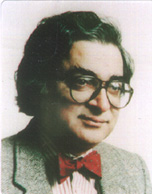 Deepak Lal is the James S. Coleman Professor Emeritus of International Development Studies at the University of California at Los Angeles, professor emeritus of political economy at University College London, and a senior fellow at the Cato Institute. He was a member of the Indian Foreign Service (1963-66) and has served as a consultant to the Indian Planning Commission, the World Bank, the Organization for Economic Cooperation and Development, various UN agencies, South Korea, and Sri Lanka. From 1984 to 1987 he was research administrator at the World Bank.
Deepak Lal is the James S. Coleman Professor Emeritus of International Development Studies at the University of California at Los Angeles, professor emeritus of political economy at University College London, and a senior fellow at the Cato Institute. He was a member of the Indian Foreign Service (1963-66) and has served as a consultant to the Indian Planning Commission, the World Bank, the Organization for Economic Cooperation and Development, various UN agencies, South Korea, and Sri Lanka. From 1984 to 1987 he was research administrator at the World Bank.
Lal is the author of a number of books, including The Poverty of Development Economics; The Hindu Equilibrium; Against Dirigisme; The Political Economy of Poverty, Equity and Growth; Unintended Consequences: The Impact of Factor Endowments, Culture, and Politics on Long-Run Economic Performance; and Reviving the Invisible Hand: The Case for Classical Liberalism in the 21st Century.
Grégoire Canlorbe: From Gandhi’s point of view, in substance, Varanashram (caste system) is inherent in human nature and it was solely given a scientific expression through Hinduism. Similarly, can one contend that utility maximization and rational calculus are innate human traits that capitalism turned into a science?
Deepak Lal: As I have shown in The Hindu Equilibrium, the caste system, far from being timeless and “inherent in human nature,” most likely arose as the Aryan response to the problem of securing a stable labor supply for the relatively labor-intensive agriculture they came to practice in the Indo-Gangetic plan. Given the ecological circumstances of this large plain (once the primeval forests had been cleared during the Aryan advance), and the primitive forms of transport then available, a major constraint on achieving a political solution for the provision of a stable labor supply, was the endemic political instability among the numerous feuding monarchies.
This endemic political instability meant that various alternatives methods of tying down the scarce labor (relative to land) needed for the labor-intensive form of plow agriculture on the plains were not available, such as slavery, poll taxation, indenture, or limitations on migration. For these required the power of a centralized state and its attendant bureaucracy for enforcement. The caste system provided a more subtle and enduring answer to the Aryans’ problem of maintaining their rural labor supply. It established a decentralized system of control that did not require any overall (and larger) political community to exist for its survival, and it ensured that any attempt to start new settlements outside its framework would be difficult if not impossible. The division of labor by caste and its enforcement by local social ostracism were central to the schema.
As for capitalism, understood as the natural “propensity to truck, barter, and exchange one thing for another,” it is hardly a new thing and must date back to the hunter-gatherer stage of our development in the Pleistocene. Given the time scale of Darwinian processes of “inclusive fitness”—it takes about ten thousand years to produce a new species—much of our current biological nature must have been determined in this distant past. Though, I should mention it was the creation of the whole legal cum administrative structure for enforcing property rights through the Church-State established by Gregory VII over Western Christendom which established capitalism as an institution, thus leading to the dynamic which began the Great Divergence in the economic fortunes of the West and the Rest.
One essential component of the instincts that were determined thought evolutionary processes—during the millennia when we were hunter-gatherers—was to truck and barter. Another one was to behave morally. However, both appear to be underlying trade and “reciprocal altruism,” as our moral instincts were arguably fixed by repeated social interactions with one’s fellows on a “face to face” basis in the hunter-gatherer band. Indeed, the rise of settled agriculture and urban civilization seems to have enlarged the scope for opportunistic behavior, because of the relatively larger number of more anonymous social transactions entailed in civilized ways of living. Then, an internalized moral code must have been needed, as individuals came to deal with a host of anonymous “strangers” on an occasional basis.
The cooperative gains that result from the increasing division of labor in a more complex civilization would not have been available without some mechanism (either inborn or cultural) for dealing with the increased potential for defection when social interactions became anonymous and sporadic. Thus, our moral instincts must have emerged as fruitful strategies to curb, detect, and punish defection in the strategic non-zero sum game of genetic competition with one’s fellows, with whom cooperation in various tasks of fields direct benefits; but even greater benefits accrue if one can cheat and be a free rider. The cosmologies of the ancient civilizations also created internalized moral codes to prevent such defection (through, for example, moral prohibitions against our basic instincts to lie and cheat).
Grégoire Canlorbe: You have extensively written in praise of empires. How do you sum up the own assets and handicaps of the former British Empire—and of the present Commonwealth—to unfetter trade, to enforce order, and to sustain intensive and robust growth over a large economic space?
Deepak Lal: Empires—which for our purposes can be simply defined as multiethnic conglomerates held together by transnational organizational and cultural ties—have historically both maintained peace and promoted prosperity. This is because the imperial pax or order has been associated with globalization—which is not a new phenomenon—and the prosperity it breeds. In the language of institutional economics, transaction costs were reduced by these transnational organizations through their extension of metropolitan property rights to other countries. And in integrating previously loosely linked or even autarkic countries and regions—through free flows of goods, capital, and people—into a common economic space, they promote those gains from trade and specialization emphasized by Adam Smith.
Thus the Graeco-Roman empires linked the areas around the Mediterranean, the Abbasid empire of the Arabs linked the worlds of the Mediterranean and the Indian Ocean, and the Mongol empire linked China with the Near East. Similarly, the various Indian empires created a common economic space in the sub-continent, while the expanding Chinese empire linked the economic spaces of the Yellow River with those of the Yangtze. It was the British who for the first time knit the whole world through their empire. But most of these empires have ultimately declined. Given the existing technology and the inevitable predatoriness of the state, most of them overextended themselves.
As for the colonial impact on Indian polity and society the Mutiny of 1857 provides a convenient dividing line for two distinct phases. These phases in turn can be identified with two distinct lines of thought which emerged at the turn of the nineteenth century. These concerned the means for promoting the welfare of the Indian people which had explicitly been made the Company’s charge by the English Parliament in the late eighteenth century. The Mutiny also roughly marks the transition of the British in India from “nabobs” to “sahibs.” The nabobs sought to assimilate and to become a traditional Indian power; the sahibs set themselves apart and above their subjects.
The notions of racial exclusiveness and the “White Man’s Burden,” so characteristic of the late imperial phase, were alien to India’s early British rulers, who exhibited a more robust delight in both the country’s mores and its women. Like the Moghuls and other past imperial rulers of India, they would have been satisfied to maintain law and order in the countryside in return for the land revenue which had so for long been the loadstone of imperial ambitions. When it comes to evaluating retrospectively the record of the British empire I think the glass is, like for most empires, either half-full or half-empty. One of the best things the rulers did was to implement a series of social reforms which substantially modernized the Indian society. The most important was the suppression of suttee or burning of widows on their husband’s funeral pyre. This was made illegal in 1828.
In the previous fifteen years, recorded suttees alone had varied annually from 500 to 820. The second major measure was the suppression of infanticide, particularly of female children, whilst the most dramatic was the suppression of “thuggee,” which had involved ritual murder and robbery in the name of the goddess Kali. The reform of education is also worth mentioning. From 1835, an elitist system of providing secondary and higher education in English to the Indian upper classes was implemented. And three non-teaching universities (which were primarily examining bodies for the affiliated colleges) were established in 1857 at Bombay, Calcutta, and Madras. Given their need for Indians to man the intermediate and lower levels of the bureaucracy, the British encouraged literary and philosophical studies in the new schools and colleges. By contrast, both primary and technical education languished.
However, another positive thing that the British empire achieved was the institution of property rights in the major asset of Indians—land—and that of the rule of law to enforce these rights. By separating the judiciary from the executive, anglicizing the British administration, and separating the commercial from the political interests of the British in India, it sought to erect an impersonal government. The task of enshrining this rule of law in a fully-fledged codification of Indian public law was not completed until 1861. As British law came to cover the most important areas of Indian lives, it was inevitable that there was a vast growth of indigenous lawyers, trained and skilled in operating in the new-style Western courts. They were to provide the backbone of the middle-classes, which were to emerge as a significant factor in India’s nationalist movement and post-Independence politics.
The worst thing that the British empire did was to implement labor laws and protectionist measures in the late nineteenth century. Instead of promoting infant industries much of this protection shielded established ones against technical changes elsewhere (cotton textiles against Japanese imports) or fostered industries (such as sugar) in which India had no long-run comparative advantage. The ensuing waste of resources imposed lower growth in both employment and industrial output than was feasible. The Indian textile industry, which under laissez-faire and free trade had so triumphantly turned the tables against Lancashire in the second half of the nineteenth century, started declining with the introduction in 1881—soon after similar rights had been granted to workers in Britain—of legislation to protect industrial labor from perceived abuses.
The British empire’s abandonment of the twin policies of free trade and laissez faire which had led India to be a pioneer of Third World industrialization, based on domestic capital and entrepreneurship and imported technology, led to a near century of creeping and after Independence galloping dirigisme, which damaged India’s growth prospects and the hopes of alleviating its ancient scourge of mass poverty. The breakdown of the global economy for the half-century from the First World War further eroded the incipient integration of India in the world economy, which had occurred during the British Raj. Beginning with the economic reforms of 1991 India, at last, seems to have turned its back on these near century of “inward looking” policies, so that on a long view it seems to back at where it left off at the end of the nineteenth century.
[Read more…] about A conversation with Deepak Lal, for Man and the Economy
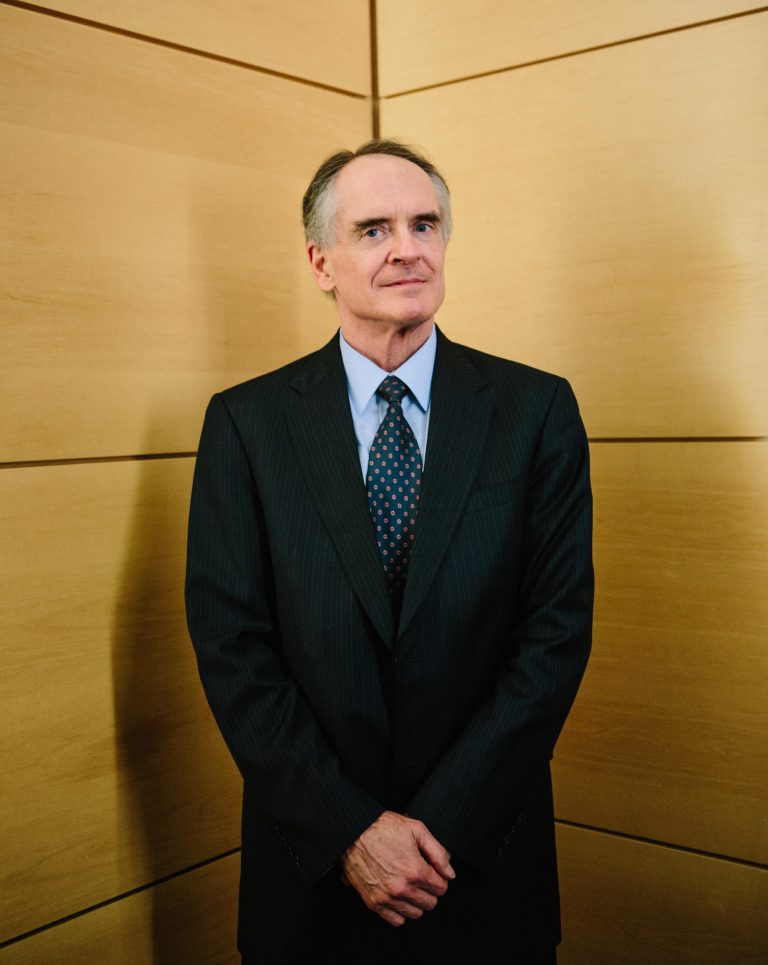
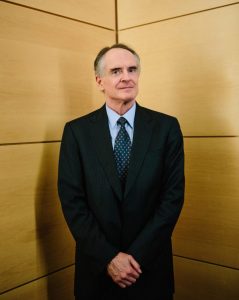 Samuel Jared Taylor is a Japan-born American white advocate. He is the founder and editor of the online magazine
Samuel Jared Taylor is a Japan-born American white advocate. He is the founder and editor of the online magazine 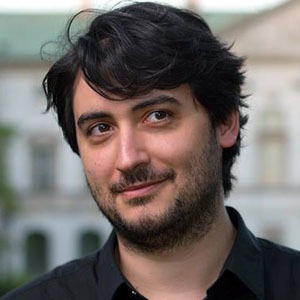

 Guillaume Faye is a French philosopher, known for his pro-Zionism right-wing paganism, his call for a Eurosiberian Federation of white ethno-states, or his concept of archeofuturism, which involves combining traditionalist spirituality and concepts of sovereignty with the latest advances in science and technology.
Guillaume Faye is a French philosopher, known for his pro-Zionism right-wing paganism, his call for a Eurosiberian Federation of white ethno-states, or his concept of archeofuturism, which involves combining traditionalist spirituality and concepts of sovereignty with the latest advances in science and technology.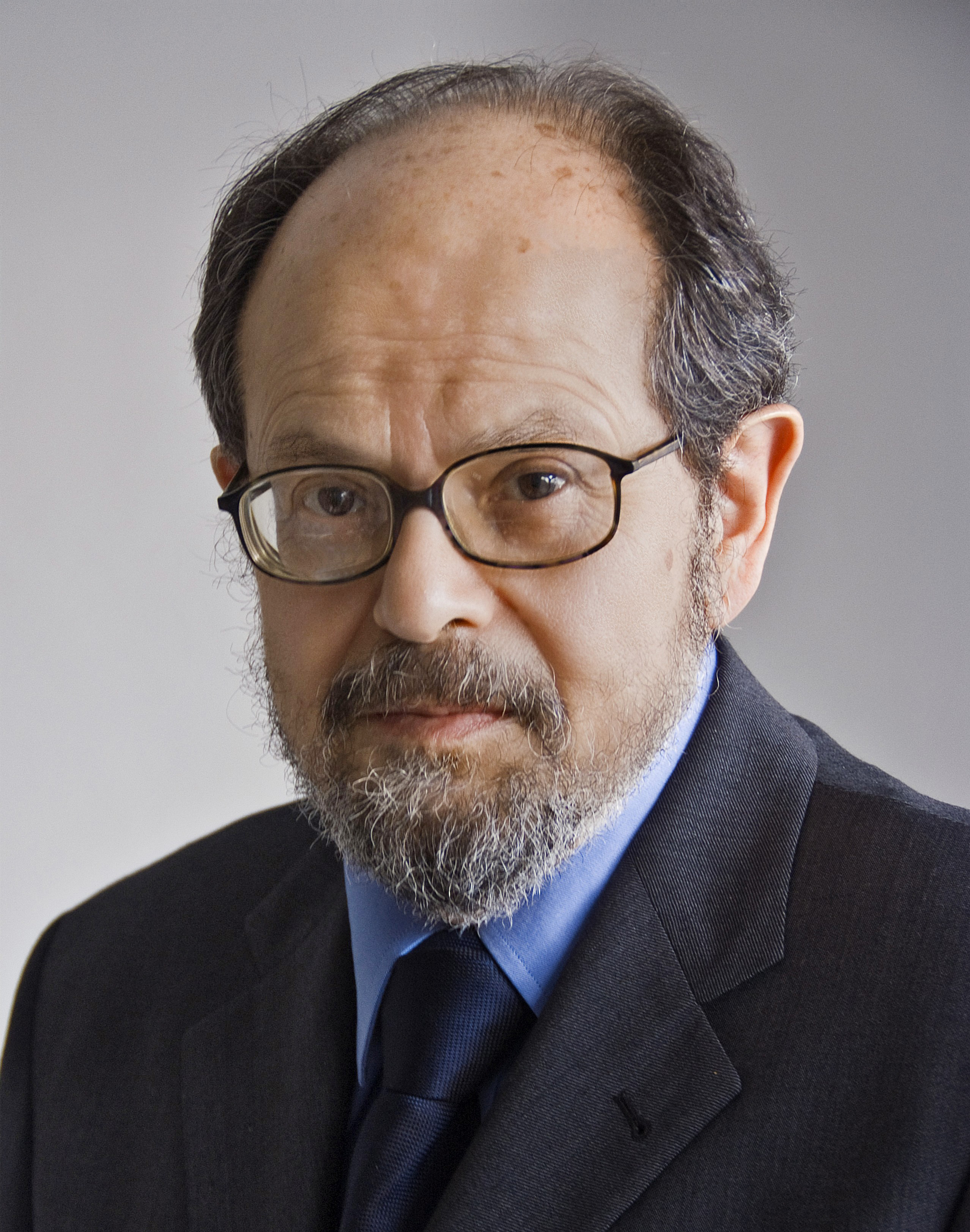
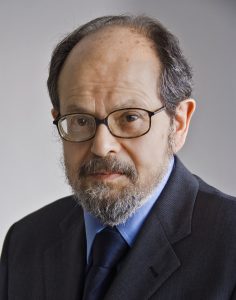 Richard Siegmund Lindzen is an American atmospheric physicist known for his work in the dynamics of the atmosphere, atmospheric tides, and ozone photochemistry. He has published more than 200 scientific papers and books. From 1983 until his retirement in 2013, he was Alfred P. Sloan Professor of Meteorology at the Massachusetts Institute of Technology. He was a lead author of Chapter 7, “Physical Climate Processes and Feedbacks,” of the Intergovernmental Panel on Climate Change’s Third Assessment Report on climate change. He has criticized the scientific consensus about climate change and what he has called “climate alarmism.”
Richard Siegmund Lindzen is an American atmospheric physicist known for his work in the dynamics of the atmosphere, atmospheric tides, and ozone photochemistry. He has published more than 200 scientific papers and books. From 1983 until his retirement in 2013, he was Alfred P. Sloan Professor of Meteorology at the Massachusetts Institute of Technology. He was a lead author of Chapter 7, “Physical Climate Processes and Feedbacks,” of the Intergovernmental Panel on Climate Change’s Third Assessment Report on climate change. He has criticized the scientific consensus about climate change and what he has called “climate alarmism.”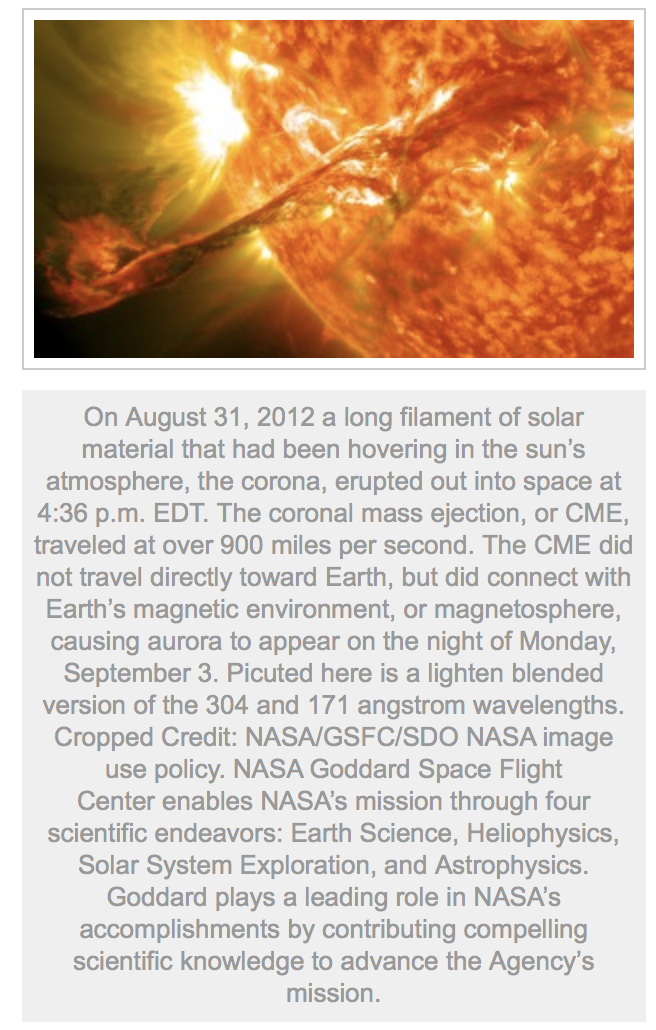
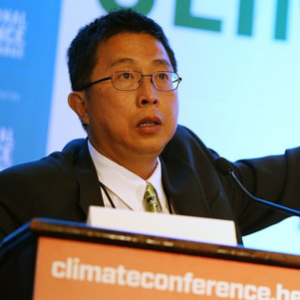
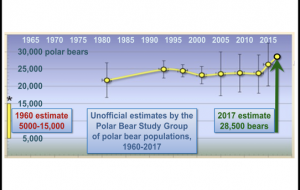
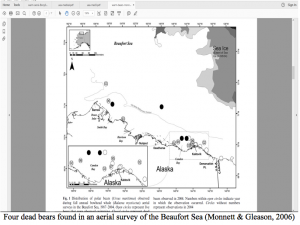
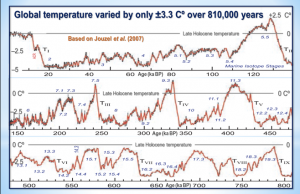
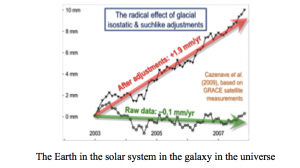

 Patrick Moore is a Canadian activist, and former president of Greenpeace Canada. Since leaving Greenpeace, which he helped to found, Moore has criticized the environmental movement for what he sees as scare tactics and disinformation, saying that the environmental movement “abandoned science and logic in favor of emotion and sensationalism.” He has sharply and publicly differed with many policies of major environmental groups, including Greenpeace itself on other issues including forestry, biotechnology, aquaculture, and the use of chemicals for many applications.
Patrick Moore is a Canadian activist, and former president of Greenpeace Canada. Since leaving Greenpeace, which he helped to found, Moore has criticized the environmental movement for what he sees as scare tactics and disinformation, saying that the environmental movement “abandoned science and logic in favor of emotion and sensationalism.” He has sharply and publicly differed with many policies of major environmental groups, including Greenpeace itself on other issues including forestry, biotechnology, aquaculture, and the use of chemicals for many applications.